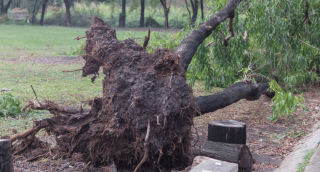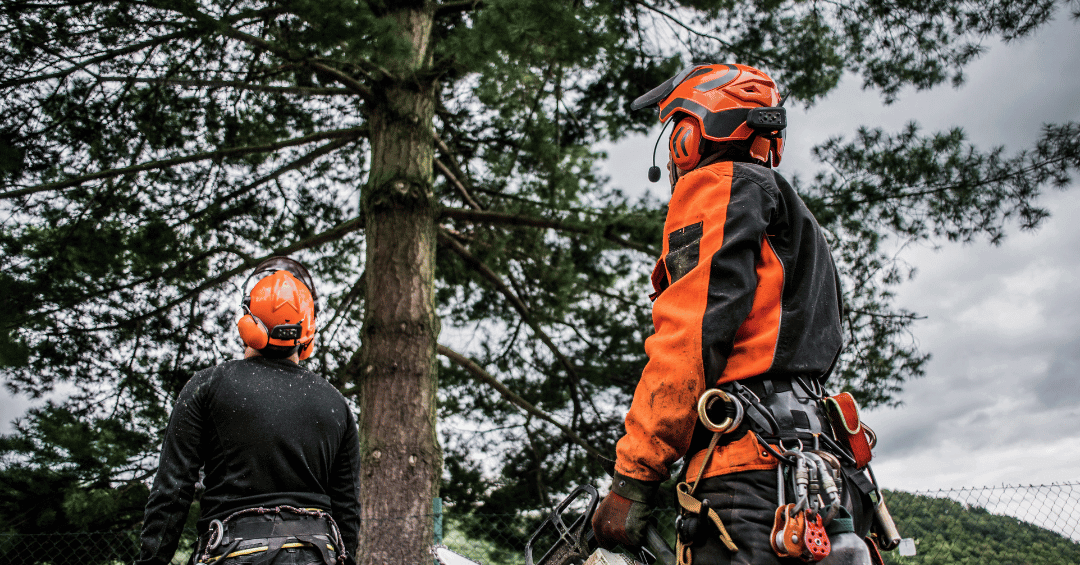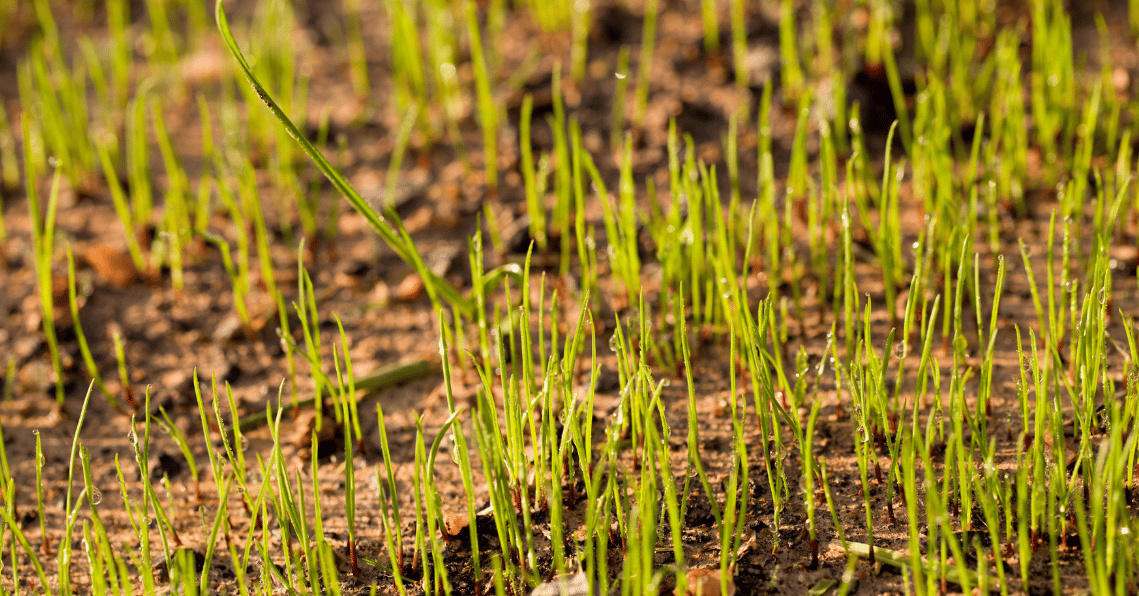Heavy rain can cause more damage than you might think. One moment your trees look perfectly healthy. The next, one is leaning or suddenly on the ground. At Strobert Tree Services, we often get calls right after storms with the same question: Why do trees fall down after heavy rain?
The answer usually starts underground.
The Soil Gets Too Wet
When it rains hard, the soil soaks up water like a sponge. But there’s a limit. Once it becomes oversaturated, it turns soft and muddy. That soft ground can no longer hold a tree’s root system in place.
Even a healthy tree can fall if its roots lose their grip in the soil. The heavier the tree and the wetter the ground, the greater the risk. For trees with shallow roots like many pine trees this can happen quickly. You can learn more about their shallow root systems in our blog on pine tree roots.
Roots May Be Damaged or Diseased
Some roots are already compromised before the rain even starts. They might be decayed, cut during past construction, or suffering from poor drainage over time. When the soil gets soggy, these weakened roots can’t hold up under pressure.
Even worse, root rot becomes more common in wet conditions. This fungal disease spreads through saturated soil, making a tree unstable from the inside out. Once the structure below is weak, even a small gust of wind can bring the tree down.
Wind Makes It Worse
Heavy rain rarely shows up alone. Wind and rain together are a bad mix for trees. The soaked ground loosens the tree. The wind pushes it. If the roots can’t hold tight, the tree will eventually tip.
Some trees act like sails in the wind, especially those with wide canopies. If they haven’t been pruned in a while, all that surface area catches the wind, and the tree sways more.
Poor Pruning or No Pruning
Trees that haven’t been pruned correctly or not at all often carry too much weight on one side. That unbalanced growth puts stress on the trunk and roots. Add rain and wind, and that tree becomes a fall hazard.
Improper pruning can also lead to weak branch unions, which are more likely to split or snap during storms. If you're not sure your trees are structurally sound, it may be time for a tree health assessment.
Hidden Tree Health Problems
Sometimes, a tree looks fine from the outside. But there could be rot in the trunk, hollow spots, insect damage, or disease. These weak points make trees unstable long before any rain hits.
After heavy rain, added moisture weighs down the canopy, while roots are dealing with soft ground. It's a recipe for collapse especially if the tree was already stressed. Learn more about how to tell if a tree is rotten inside before it falls unexpectedly.
Construction and Compacted Soil
Was there digging or heavy equipment near your tree recently? Construction can hurt roots and compact the soil around them. Compacted soil doesn’t drain well. It also prevents roots from spreading and anchoring properly.
A rainstorm can expose the weakness caused by past damage. If your trees were near a project site, they might be more at risk now.
Can You Spot the Signs Early?
Yes. If your tree is leaning, has cracks in the trunk, or you notice mushrooms near the base, those are warning signs. Roots starting to show above ground or soft soil around the base are other red flags. These are all signs you may need to act before the next storm.
If you’re unsure what to look for, a certified arborist can help. We offer full tree health checks and arborist reports to give you peace of mind.
How to Keep Your Trees Standing Strong
There are a few simple steps to help reduce your risk:
Regular pruning helps manage weight and shape. Our tree pruning guide can help you understand what your trees need throughout the year.
Avoid overwatering. If your landscape holds water, consider planting trees with non-invasive roots that adapt well to local conditions.
Protect weak trees. If your tree is already leaning or was partially uprooted, it may be possible to save it with proper support. Learn how tree cabling and bracing works to stabilize high-risk trees.
Don’t ignore early signs. If leaves suddenly change color or start dropping early, it might not just be the season. You could be seeing signs of disease, stress, or root problems. Check out our article on what to do if your tree is dying.
Call Strobert Tree Services
If you’re wondering why do trees fall down after heavy rain, the root cause is usually just that, roots. Wet soil, weak anchoring, and poor tree health can all combine into a dangerous situation.
The good news is, many of these problems can be fixed or prevented. At Strobert Tree Services, we offer pruning, removal, and full healthcare plans for trees of all sizes. Our certified arborists know how to spot risks before they become emergencies.
Let’s make sure your trees are ready for the next big storm. Contact us today for an inspection, a care plan, or help with tree removal if needed.











